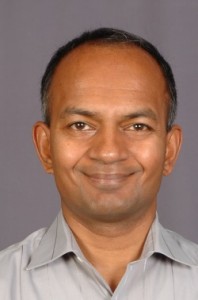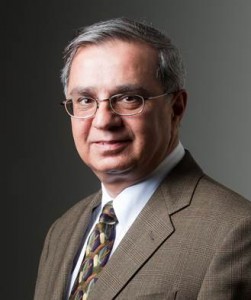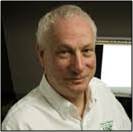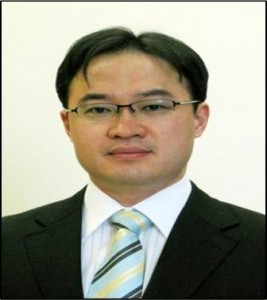Title:
Towards enabling high user productivity and high-performance with parallel computing
Abstract:
Recent trends in computer architecture are making high degrees of parallelism as well as heterogeneity ubiquitous. This creates significant challenges to application developers as well as compiler implementations. The effort to develop parallel applications for advanced computational models is extremely high. Further, currently it is impossible to achieve performance portability of high-performance applications from a single version of a program – different code versions are necessary for different target platforms, e.g., for multicore CPUs versus GPUs. A promising approach to easing the burden on applications programmers and achieving high performance on parallel machines is via identifying suitable high-level and domain-specific abstractions. This talk will discuss efforts to develop compiler techniques to automatically transform programs specified using high-level abstractions.
About the Speaker:
Dr. P. Sadayappan is a Professor in the Department of Computer Science and Engineering at The Ohio State University. His primary research interests center around performance optimization and compiler/ runtime systems for high-performance computing, with special emphasis on high-performance frameworks that enable high productivity for application developers in scientific computing. Two recent projects include a polyhedral framework for automatic parallelization and data locality optimization, and the Tensor Contraction Engine – a domain-specific compiler/runtime system to automatically transform high-level specifications into efficient parallel programs, for a class of high accuracy ab initio models in quantum chemistry. Dr. P. Sadayappan obtained a B.Tech from the Indian Institute of Technology, Madras, and M.S. and Ph.D. from Stony Brook University, all in Electrical Engineering.
Faculty Host:Prof. Somnath Ghosh, 203 Latrobe, 410-516-7833, [email protected]
For more information, please contact Jae Hong, 410-516-5033, [email protected]





